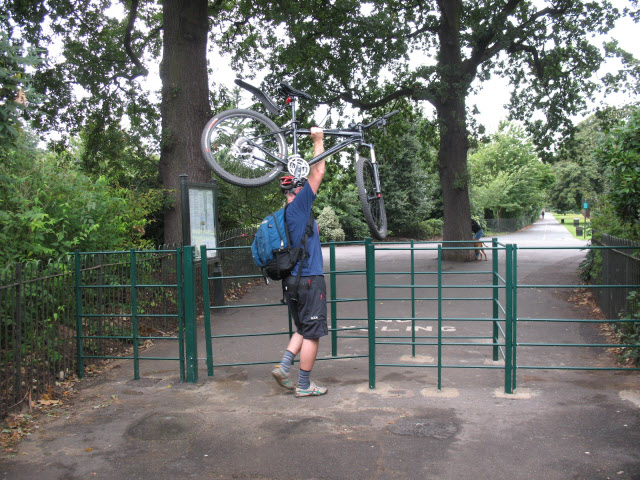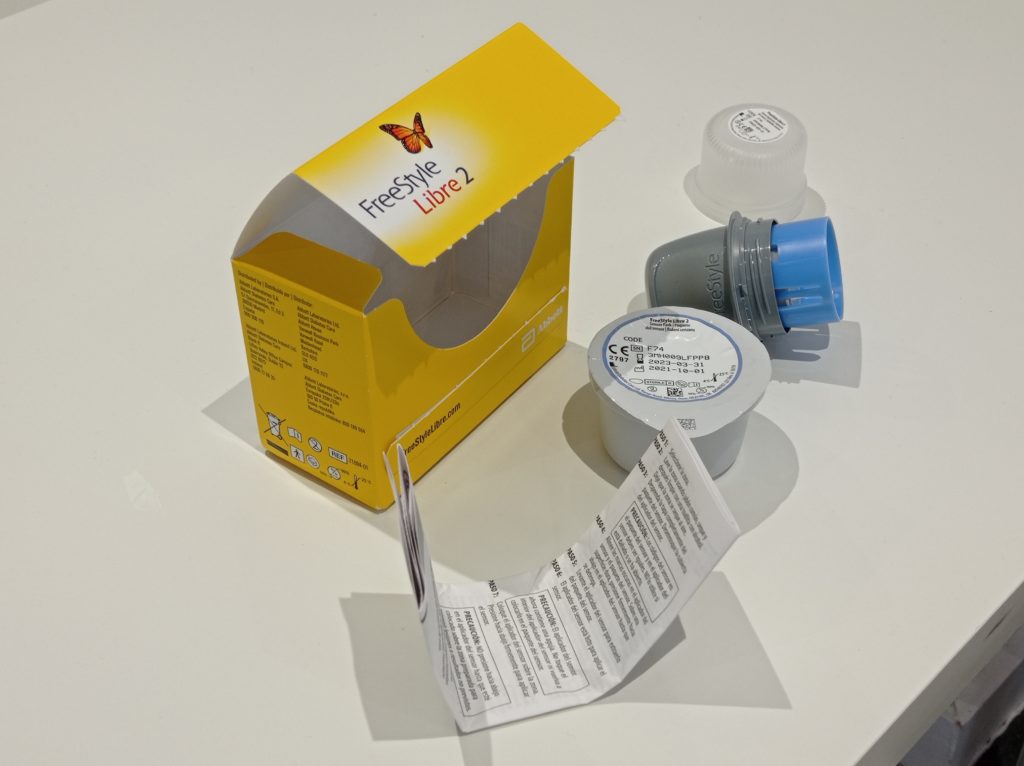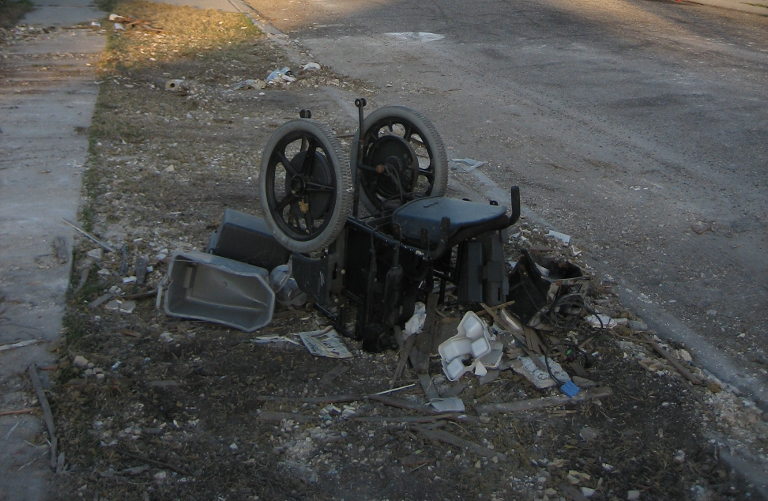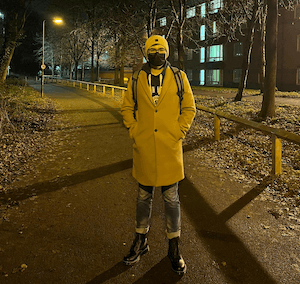Resilience is the capacity of a system to bounce back to a previous state after a disturbance. A key concept present in many works focusing on it is the role diversity plays. A diverse system has inherent fail-safes, alternatives and redundancies which allow it to better tolerate disturbances and crisis situations. And to brave the challenges of the Anthropocene, we need to foster and protect diversity – not just in natural ecosystems but in our society as well. Yet due to our mistaken perception of disability, we isolate and devalue people that diverge from what is considered a “normal” human.
What is disability? There are multiple ways to look at it. The medical model views disabilities as wrongs to be fixed, disability means impairment. The social model goes further and looks at the wider picture: disability is seen as the interaction between people’s impairments and social barriers.
Let’s picture a person unable to use stairs. If we view disability through a strictly medical lens, we will focus on giving the person the ability to climb them through various medical and technological procedures. In contrast, the social model looks at the lack of alternatives to stairs, which is the real barrier. Advocates would focus their resources on building ramps, elevators and so on. The impairment is still there but is no longer disabling – the individual can function with autonomy and dignity.
There are many creative approaches to making society more accessible. And when we strive for an accessible society, we uncover many possibilities for climate change mitigation and adaptation. I will return to this point in a second, but I want to make clear why disability and climate change are related.
First, we live in a deeply inaccessible society, and despite some considerable progress in disability rights and challenging existing biases, there are still deep-rooted issues. Disabled and differently abled people are still frequently physically barred from places needed for personal development, political participation, and entertainment. From cinemas and townhalls to schools and workplaces, too many spaces are not designed for anything but a “normal” person. The inaccessibility of society in the context of a changing climate creates an existential risk for us.
Given the structural devaluation of disabled lives, the different material needs, the links to poverty and isolation and the frequent lack of government foresight, it’s easy to see why we are significantly more vulnerable to natural disasters and supply chain disruptions. Whenever a catastrophe happens, the victims will be disproportionately disabled people. They are ignored during warnings, left behind during evacuation attempts, and neglected during relief efforts.
There are countless examples of governments and humanitarian NGOs failing to accommodate the unique needs of blind, deaf, immobile, neurodivergent and otherwise disabled people. Whether we look at the lack of interpreters during Hurricane Katrina evacuation efforts or the treatment of disabled climate refugees, governments happily ignore the needs of disabled people – be they citizens or not.
The COVID pandemic gave many politicians and celebrities the chance to make official what disability activists have been saying for ages. They touted, loud and clear, that only the vulnerable are at risk of losing their lives. This narrative shows the complete disregard, or even contempt, for the safety of the vulnerable population, which includes the immunocompromised, the elderly and those with pre-existing conditions. While people with learning disabilities were being given blanket Do Not Resuscitate orders in the UK during the first wave of the pandemic, others were protesting to end the lockdown early to get haircuts or massages. Medically vulnerable and socially considered disposable, disabled people and their allies have no choice but to organize, self-advocate and fight back.
We must recognize the many forms of oppression which, through their origins, history, and interactions gave rise to (and maintain) the existing ecocidal, ableist, white supremacist, patriarchal, colonial system. If our climate activism is genuinely radical, if it wishes to transform society on the fundamental level and ensure a better future for all, then it must recognize the ways in which climate change, disability and other forms of opression interact. It must fight ecoableism and lift the voices of disabled leaders.
Ecoableism is when our approaches to environmental activism end up hurting disabled people. It is ‘a failure by non-disabled environmentalists to recognize that many of the climate actions they’re promoting make life difficult for disabled people’. There is a need for constructive dialogue rather than punishing those engaging in it.
A good example of ecoableism: bike lanes. Many car-free routes have barriers designed to stop motorbikes. The “ableist” part becomes clear when you consider that many disabled people would still want to use them, but must use nonconventional bikes, frequently harder to maneuver, such as recliners or wheelchair hand bikes. Moreover, city planners admit that a determined person can still maneuver through the barriers with a motorcycle, while for some modified bicycles, this is simply impossible.

Up and over – cycle barrier in Greenwich Park This file is licensed under the Creative CommonsAttribution-Share Alike 2.0 Generic license. Attribution: Stephen Craven https://commons.wikimedia.org/wiki/File:Up_and_over_-_cycle_barrier_in_Greenwich_Park_-_geograph.org.uk_-_951419.jpg
Another example is the focus on individual, small scale action. By targeting plastic straws, we invertedly target the disabled people who need them most. Disabilities can prevent them from using metal straws, due to injury risk, and paper ones, which can be choking hazards. This also keeps many disabled people from fully committing to zero waste movements: plastic waste is bad, but when your insulin monitors come wrapped in it, you don’t have the choice to eliminate it from your life.

Glucose monitor applicator wrapping, author supplied.
I hope I made it clear that the needs of disabled people vary. Like all people, individual access needs to change from individual to individual. By restructuring both our societal values, our mindsets, and our economies to fight climate change, we have the unique chance to design novel support systems and supply chain structures able to cater to varied individual needs, including those of disabled people. This unique chance will build resilience within our communities by ensuring everyone’s needs are met, fostering social cohesiveness and increasing participation.
An inaccessible society strangles itself. It stops people with unique talents and skills from participating in the problem-solving and decision-making processes. An accessible one will have more diversity in its approaches, more perspectives to see the world from. Our means to achieve this must be different from forcing disabled people into poverty by cutting benefits when there is a worker shortage, as done with the American “incentive model.” We need to provide an environment where everyone can participate in activities which are both fulfilling and necessary for society, not force people into dead end jobs where their needs are not accounted for using poverty as a threat.
Moreover, accessibility is good for everyone. We will all benefit from a less judgmental, more empathetic society. While wheelchair users need ramps, they also benefit the elderly, injured people and people with strollers. Remote working benefits the disabled primarily, but by reducing commute requirements, it improves overall work-life balance and helps fight climate change by reducing the need for individual cars and putting less pressure on public transport systems.
Importantly, anyone can become disabled. The already ongoing climate emergency is increasing the frequency and intensity of natural disasters and increasing the risk of diseases. This means that building strong, flexible and resilient healthcare and support systems is a vital climate adaptation goal.
Life as a disabled person is not easy. But beyond the “inspiration porn” designed to make abled people feel better about their own suffering, there are important lessons to learn regarding both personal perseverance and community building. The green transition offers an unprecedented chance to both rebuild physical infrastructure and change social norms.
By joining the forces of the disability rights movement and environmental activism and using the hard learned lessons of both we can strive to dismantle existing systems of oppression and build a new society where accessibility, resilience, and sustainability are fundamental values, rather than afterthoughts.
Endnotes:
https://www.theguardian.com/world/2021/feb/13/new-do-not-resuscitate-orders-imposed-on-covid-19-patients-with-learning-difficulties Guardian: Fury at ‘do not resuscitate’ notices given to Covid patients with learning disabilities
https://www.ncd.gov/publications/2006/Aug072006 The Impact of Hurricanes Katrina and Rita on People with Disabilities: A Look Back and Remaining Challenges
https://www.washingtontimes.com/news/2005/oct/5/20051005-095340-4787r/ katrina on deaf people
https://www.webofscience.com/wos/woscc/full-record/WOS:000413842300001?SID=D3PWMUgbz6A5Rf9LjdQ Factors Associated with the Climate Change Vulnerability and the Adaptive Capacity of People with Disability: A Systematic Review
Teaser photo credit: New Orleans: Wheelchair with flood damaged possessions on curb as trash. Own work Infrogmation. Permission is granted to copy, distribute and/or modify this document under the terms of the GNU Free Documentation License, Version 1.2 or any later version https://commons.m.wikimedia.org/wiki/File:HollygroveJan1106Wheelchaircurb.jpg






